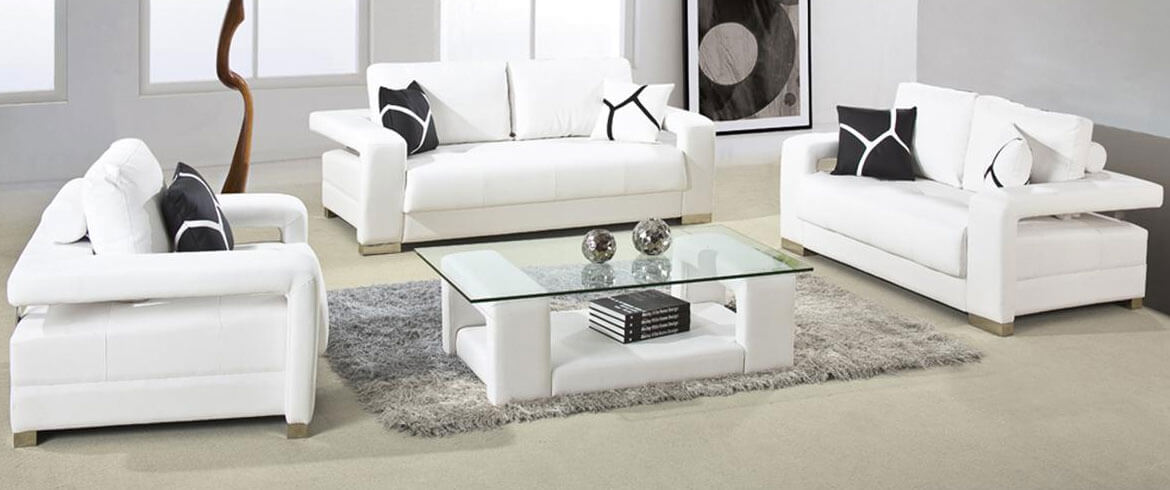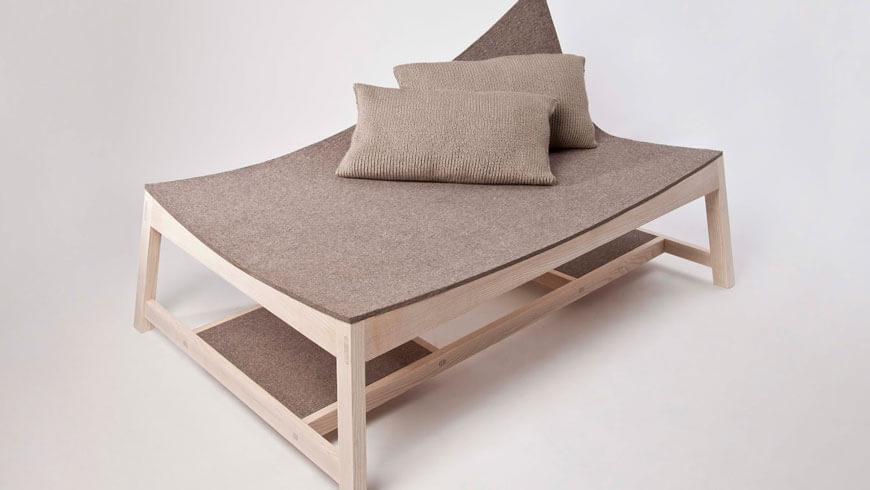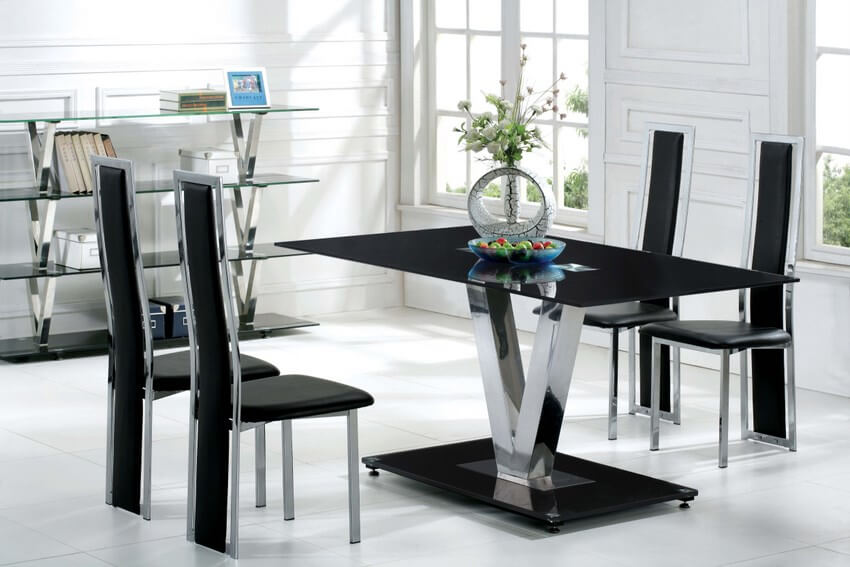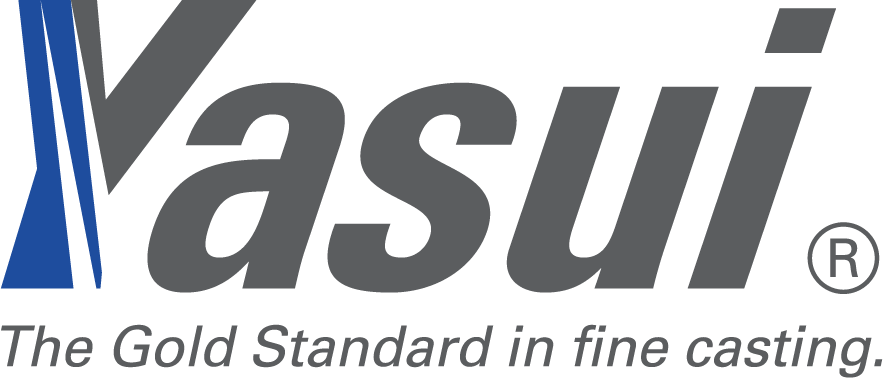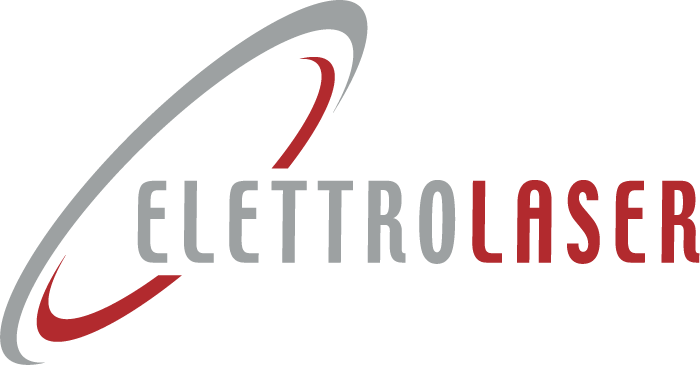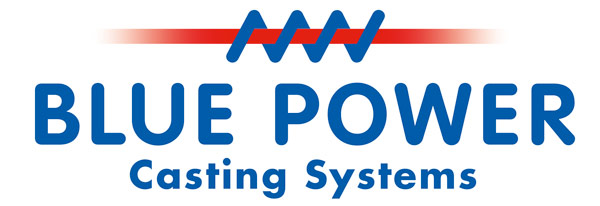GE buys Germany’s Concept Laser for $599m

Things can move very quickly in the multi-million dollar world. Just earlier this week, one of the biggest deals in 3D printing failed after U.S. conglomerate General Electric (GE) refused to upgrade its $745 million offer for German metal 3D printer manufacturer SLM Solutions. And now, just days later, GE confirmed its intention to become a major player in the metal 3D printing sector by purchasing another German 3D printer specialist, Concept Laser, for $599 million (549 million euros).
It’s just the latest chapter in a crazy week for GE. Back in September, GE sent ripples through the 3D printing market by making unexpected offer of a combined $1.4 billion to take over two of the driving forces behind metal 3D printing, Arcam AB and SLM Solutions. While receiving a lot of positive signals from within the 3D printing community, both deals ran into shareholder problems.
While the executive boards of both companies were onboard with the takeover, in both cases GE’s excellent offer (featuring a significant premium) failed to convince 75 percent of the shareholders, the minimum acceptance threshold for a take-over. While the Arcam offer has since been extended, the SLM Solutions deal was marred by opposition from the Elliot Management hedge fund of billionaire investor Paul Singer (who owns 20 percent of SLM shares). While GE could’ve raised their offer or extended the tendering period, GE Chief Financial Officer Jeff Bornstein said earlier this week that they were not planning to do so, saying that “we have other options.”
While Singer has a reputation for trying to squeeze extra money out of takeover deals through last minute opposition, he will have doubtlessly been disappointed to find that GE stuck to its original $745 million offer. As a result, SLM shares went down 5.7 percent in after-market trading in Frankfurt. But as it turns out, GE really did have another option on the table. Fast forward a few days, and GE just revealed that they have agreed buy privately held German 3D printing firm Concept Laser for $599 million. As part of the deal, GE will be initially buying 75 percent of the Lichtenfels-based Concept Laser.
Concept Laser itself is an equally appealing metal 3D printing company, with a special focus on the aerospace, medical and dental industries. Currently employing more than 200 staff members, the company has been particularly praised for its patented LaserCUSING layer construction technology and its top-of-the-line industrial grade machines. What’s more, they have not at all suffered from a supposedly stagnating 3D printing market, as 2015 was the best year in their history in terms of sales, with 2016 likely to break that record. Back in August, they revealed an 88 percent increase in sales over early 2016, when compared to the same period in 2015.
But the company was also looking to sell, and now found the deal they were looking for. GE, which has previously spent about $1.5 billion on metal 3D printing research, is already planning to invest ‘significantly’ in Concept Laser and would turn its Lichtenfels HQ in a new German GE center. Co-founder Frank Herzog will stay on as chief executive. “We are delighted to achieve the strategic cornerstone in our additive strategy by announcing today our acquisition of Concept Laser,” GE Aviation chief David Joyce said.
At the same time, the deal for ARCAM has also received a boost. While that deal suffered from similar sharehol

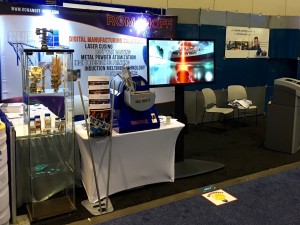
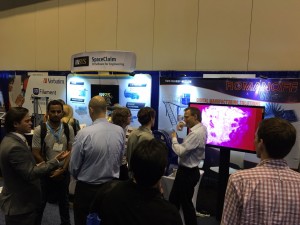
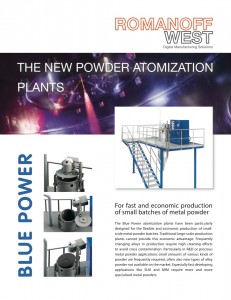
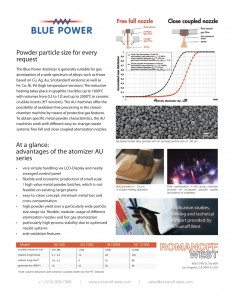
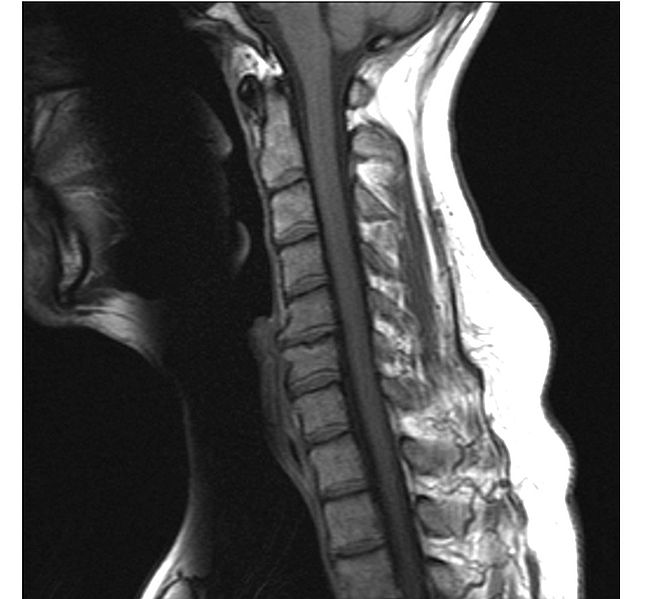 Stryker’s Tritanium is described as a porous titanium material designed for improved bone growth, necessary for securing a spinal implant in place over time. This patented material is essential for the company’s Tritanium PL Posterior Lumbar Cage, used to treat degenerative disc disease, grade I spondylolisthesis and degenerative scoliosis. Because the device is 3D printed, Stryker is able to offer the lumbar cage in a variety of widths, lengths, heights, and lordotic angles. And, through the use of large lateral windows and an open architecture, fusion of the cage with the body can be observed in CT scans and X-rays. And increased surface area, achieved through serrations within the cage, allow for bidirectional fixation
Stryker’s Tritanium is described as a porous titanium material designed for improved bone growth, necessary for securing a spinal implant in place over time. This patented material is essential for the company’s Tritanium PL Posterior Lumbar Cage, used to treat degenerative disc disease, grade I spondylolisthesis and degenerative scoliosis. Because the device is 3D printed, Stryker is able to offer the lumbar cage in a variety of widths, lengths, heights, and lordotic angles. And, through the use of large lateral windows and an open architecture, fusion of the cage with the body can be observed in CT scans and X-rays. And increased surface area, achieved through serrations within the cage, allow for bidirectional fixation









